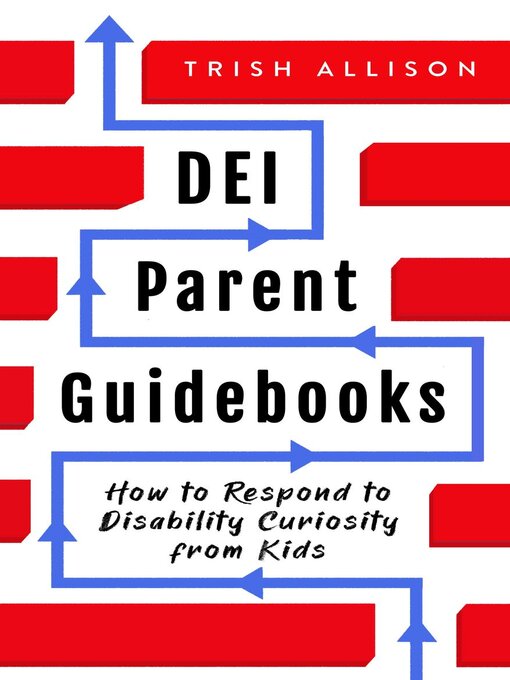Thoroughly updated in 2025, this guidebook offers practical guidance for parents and caregivers on how to address children's natural curiosity (ages 6-12) about disabilities in a compassionate, accurate, and age-appropriate way. With clear explanations, real-life examples, and engaging activities, this resource helps adults create a safe and inclusive environment where children can learn about disability with empathy and understanding.
You'll find step-by-step guidance for:
- Learning what your child already knows about people with disabilities.
- Teaching etiquette for special needs adaptive tools (service dogs, wheelchairs, etc.).
- Discussing mental difference behaviors (stimming, hyperactivity, etc.) and how to react.
- Making household adjustments to create an inclusive attitude at home.
- Answering common questions from kids about people with disabilities.
Please note: Our guidebooks strictly adhere to American Psychological Association child development doctrines. Each book includes a comprehensive reference list and in-text citations, reinforcing our commitment to evidence-based parenting advice.
